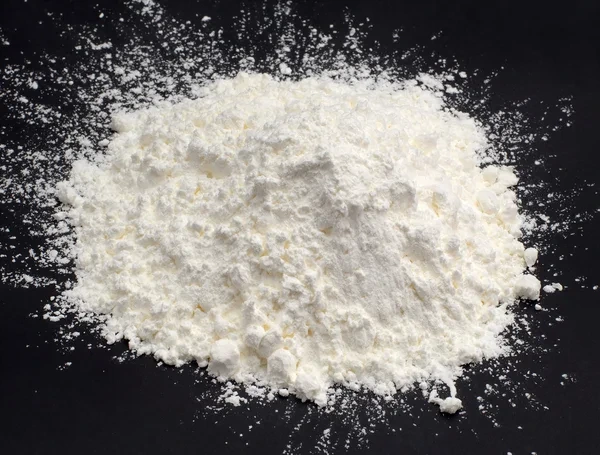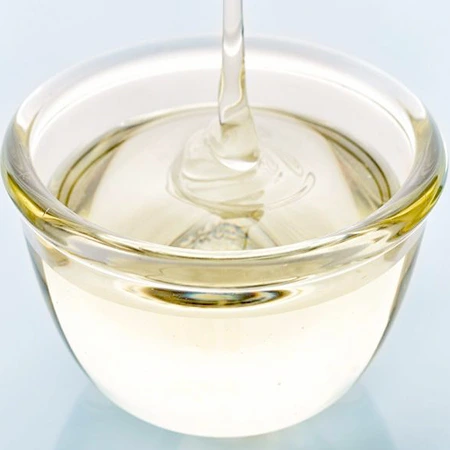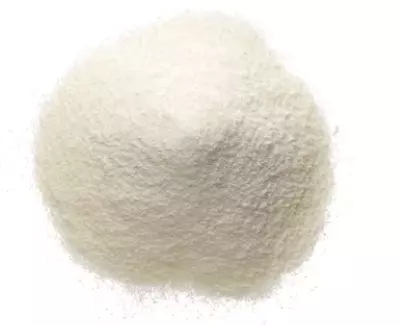Shortening (3639) - Indonesia
|
IUPAC Name |
: N/A |
|
Cas Number |
: 68334-28-1 |
|
HS Code |
: 151790 |
|
Formula |
: N/A |
Basic Info
|
Appearance Name |
: White Solid |
|
Common Names |
: Shortening |
|
Packaging |
: 25 Kg Bag |



---india.webp)


